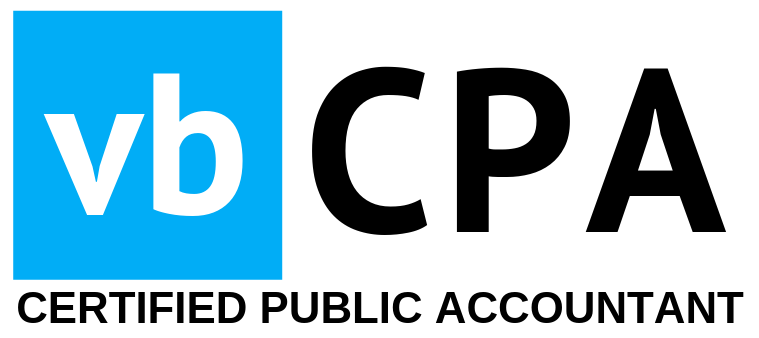Correcting Ineligible Roth IRA Contributions: A Simple Guide

Did you recently discover that your Roth IRA contributions were not allowed due to income limits? The Internal Revenue Service (IRS) sets strict eligibility criteria for Roth IRA contributions, and it’s easy to overlook these if you’re not vigilant. But worry not; there’s a way to correct this error. Here’s a simple guide on addressing the issue of ineligible Roth IRA contributions.
Step 1: Withdraw the Excess Contributions
The first remedy is withdrawing your excess contributions and any earnings on those contributions. This must be done as soon as you discover the mistake to avoid further penalties. The earnings part of the excess contribution will be subject to taxes, and if you’re under the age of 59 and a half, a 10% early withdrawal penalty as well.
Step 2: Recharacterize Your Contributions
An alternative to withdrawing your contributions is to recharacterize them. This means you’ll be transferring the excess Roth IRA contributions to a traditional IRA as if they were made to the traditional account initially. Your Roth IRA custodian can do this process. It’s a handy option if you’ve exceeded the Roth IRA income limits but are still under the traditional IRA income thresholds.
Step 3: File Amended Tax Returns
If you’ve already filed your tax returns for the years you made these excess contributions, you must submit amended returns using IRS Form 1040-X. This corrects any discrepancies arising from the ineligible contributions.
Step 4: Settle Any Additional Taxes and Penalties
When adjusting your contributions, whether by withdrawal or recharacterization, there may be additional taxes and penalties due. These must be calculated accurately and included in your amended tax returns.
Step 5: Consider a Backdoor Roth IRA
After recharacterizing your contributions to a traditional IRA, you might still want to take advantage of a Roth IRA’s benefits. This is where the backdoor Roth IRA strategy comes into play. You can make a nondeductible contribution to a traditional IRA and then convert it to a Roth IRA. However, be mindful of the pro-rata rule, which can affect the taxable portion of the conversion if you have existing pre-tax dollars in any IRA accounts.
Consult a Professional
It’s crucial to talk to a tax advisor or financial planner when correcting these contributions. They will help ensure that you comply with the latest IRS regulations and assist in minimizing any potential tax implications.
For the most accurate information and guidance, always refer to the official IRS website or consult Publication 590-A (Contributions to Individual Retirement Arrangements) and Publication 590-B (Distributions from Individual Retirement Arrangements) for details on IRA contribution and distribution rules.
Conclusion
Mistakes happen, but the IRS provides ways to correct them. By understanding the steps to rectify excess Roth IRA contributions, you can navigate back to compliance and continue planning for your retirement with confidence. Remember, it’s always better to address these issues sooner rather than later to avoid additional penalties and ensure your retirement savings work best for you.
For more details, check the IRS guidelines on IRA contributions and the official sources:
- IRS Publication 590-A, Contributions to Individual Retirement Arrangements (IRAs): IRS Publication 590-A
- IRS Publication 590-B, Distributions from Individual Retirement Arrangements (IRAs): IRS Publication 590-B
Correcting your Roth IRA contributions can be a complex process, but with the right steps and professional advice, you can ensure your retirement plan is on the right track.
Related Posts

Gifting Wisely: A CPA’s Guide to Navigating the Gift Tax Landscape
As generous individuals and thoughtful small business owners, the art of gifting is not only…

Manager.io: A Viable Free Alternative to QuickBooks® and Xero for Small Business Accounting?
For small business owners and freelancers on a budget, Manager.io presents a compelling case with…

Choosing The Right Tax Preparer: Your Financial Health Depends On It
Choosing a tax preparer is a decision that can significantly impact both small business owners…

Leave a Reply